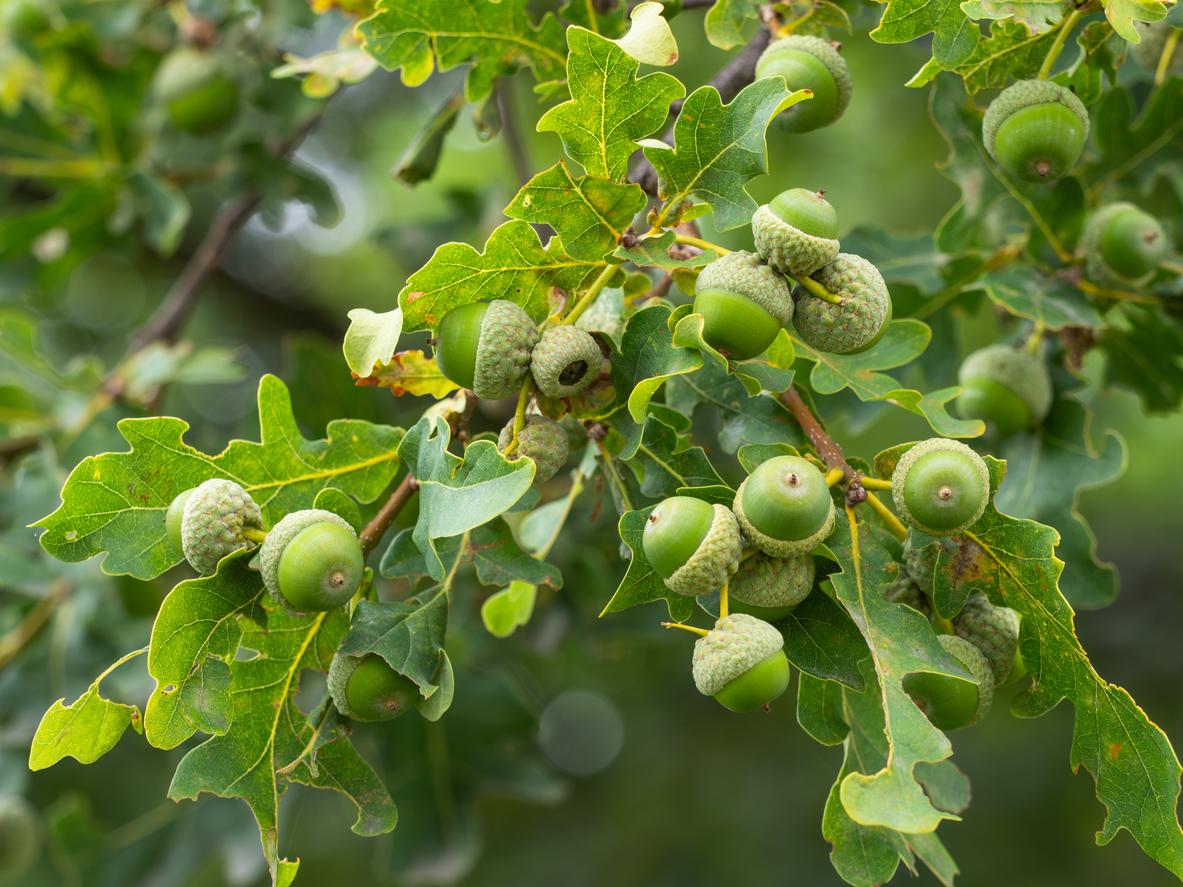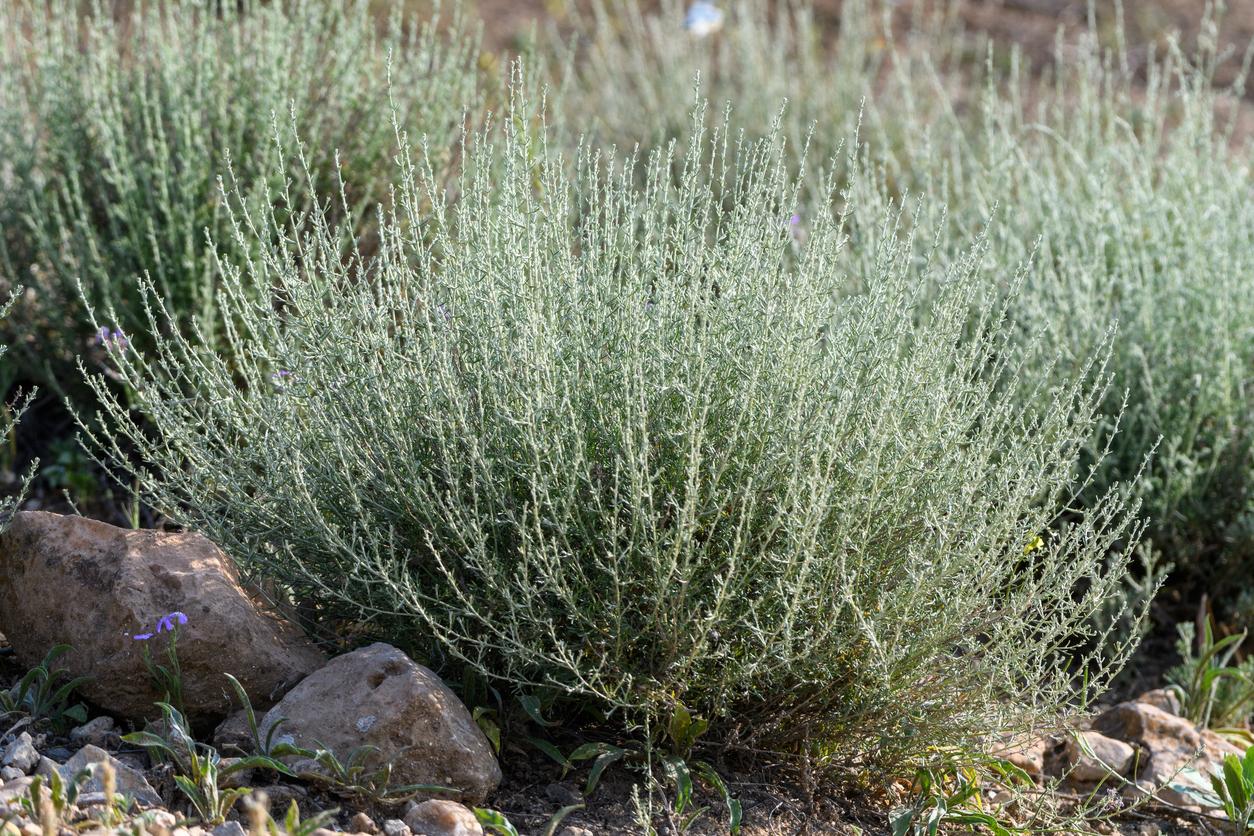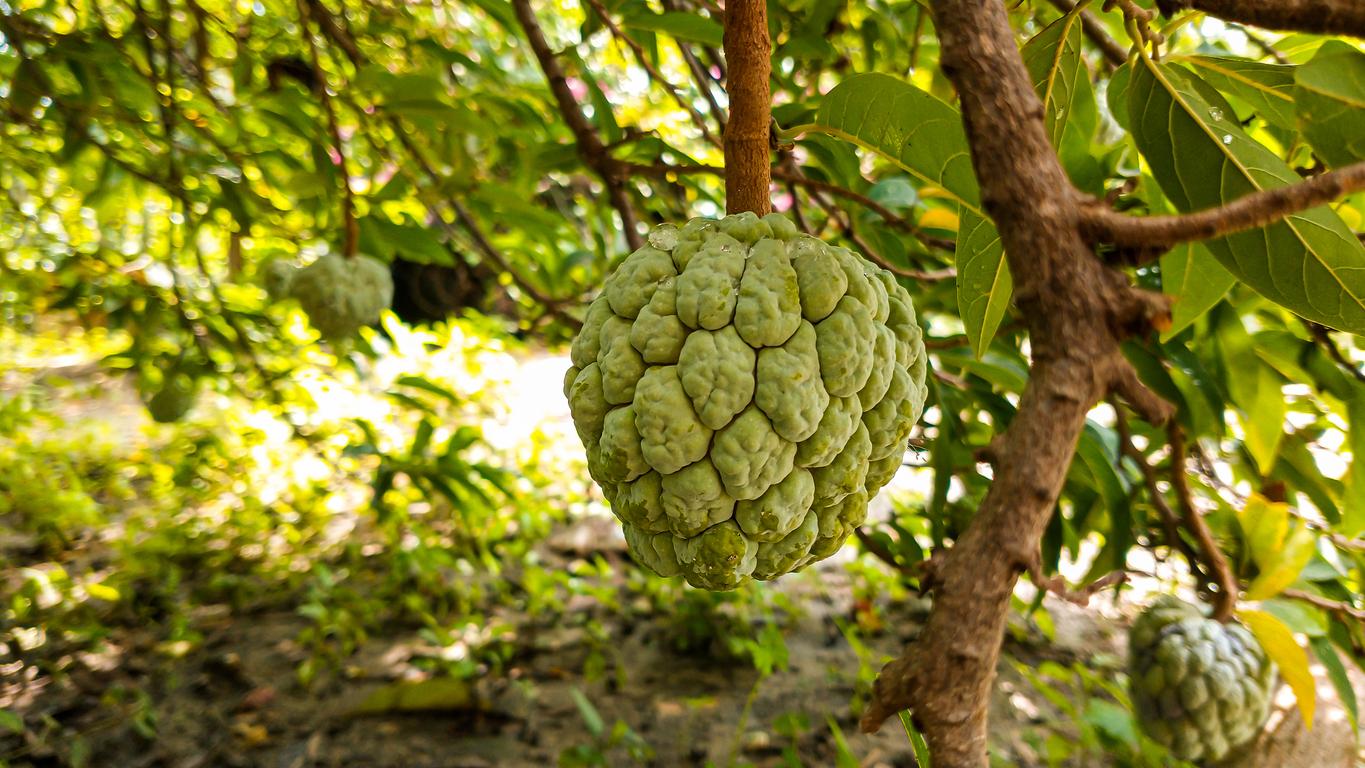Researchers have highlighted the “significant proportion” of plants in the prehistoric diet of hunter-gatherers dating back 15,000 years in North Africa.

- While it was long thought that hunter-gatherers ate mainly meat, a new study reveals that their diet actually included a significant portion of plants, several millennia before the advent of agriculture.
- Isotopic evidence reveals surprising dietary practices of ancient human societies in Morocco, with a large proportion of acorns, pine nuts, cereals and wild legumes.
- “Our work not only provides insight into pre-agricultural dietary practices, but it also highlights the complexity of human subsistence strategies in different regions,” according to the researchers.
A new light on the dietary practices of the first human societies. While it has long been thought that hunter-gatherers ate mainly meat before the advent of agriculture, a new study, published in the journal Nature Ecology & Evolutionactually suggests that their diet already included a significant portion of plants.
A significant proportion of plants in the diet of hunter-gatherers
To reach these conclusions, researchers from the Max Planck Institute for Evolutionary Anthropology (Germany), Géosciences Environnement Toulouse (France) and the National Institute of Archeology and Heritage Sciences (Morocco) examined the diet of the hunter-gatherers of the so-called Iberomaurusian culture which developed in what is now the Maghreb from -25,000 years ago. More precisely, they analyzed the prehistoric burials of the Taforalt cave, in Morocco.
Using a comprehensive multi-isotope approach, including the analysis of zinc and strontium isotopes in the analysis of tooth enamel, carbon, nitrogen and sulfur in collagen, as well as the analysis amino acids from human and animal remains, the international team of scientists discovered “surprising information on ancient dietary practices dating back 15,000 years”can we read in a communicated.
It appears in fact that the diet of these hunter-gatherers from Morocco included “a significant proportion of plants belonging to Mediterranean species, before the advent of agriculture in the region”. On the menu in particular, oak acorns, pine nuts, cereals and wild legumes, including “archaeobotanical remains” were found on the site. The study also suggests that plant foods were introduced into infants’ diets, “probably serving as withdrawal products for this population”.
An overview of pre-agricultural food practices, more complex than previously thought
These results challenge the widespread idea of a diet heavily based on animal proteins in pre-agricultural human societies, while raising questions about the lack or delay of agricultural development in North Africa during the early Holocene ( around -12,000 years ago). “Our work not only provides insight into pre-agricultural food practices, but it also highlights the complexity of human livelihood strategies in different regions,” explain the researchers. An impoverishment of local fauna, for example, could have pushed populations to change their habits and consume more plants.
Note that this study is the first to use zinc isotopes preserved in enamel to determine the diet of hunter-gatherer societies in North Africa, “a key region for the study of human evolution and modern human dispersal”. The team of scientists now plans to explore other Paleolithic sites in the Maghreb using the same multi-isotope techniques, always with the same objective: to better understand these ancient eating habits and this adaptability to different environments.















